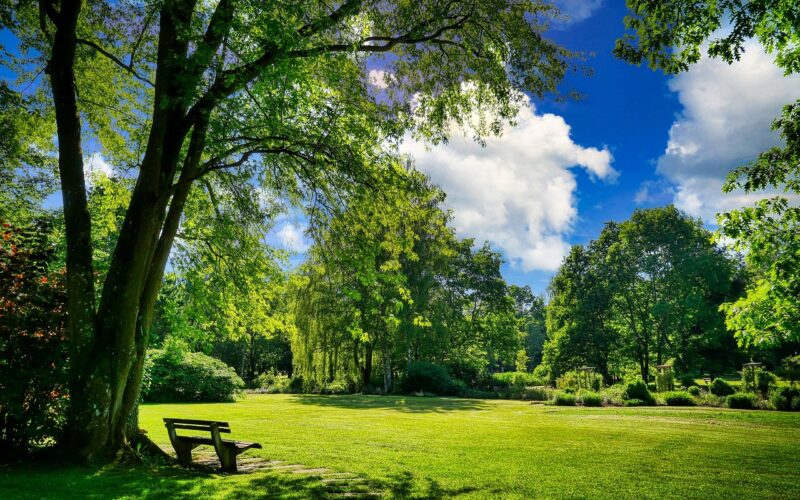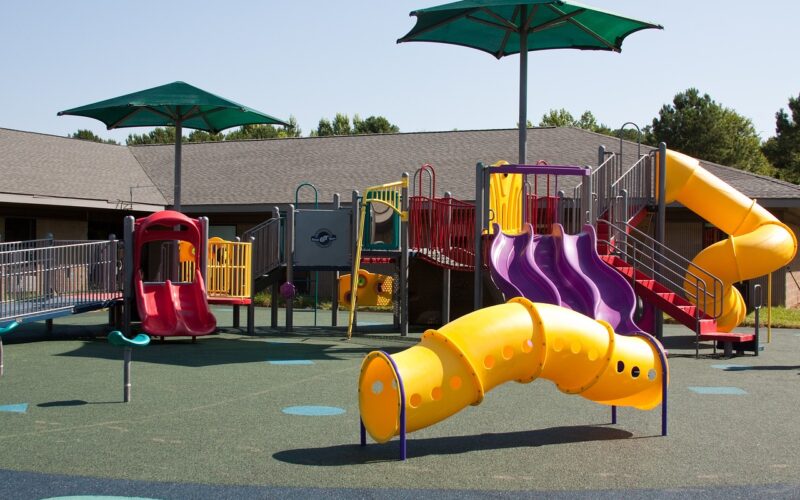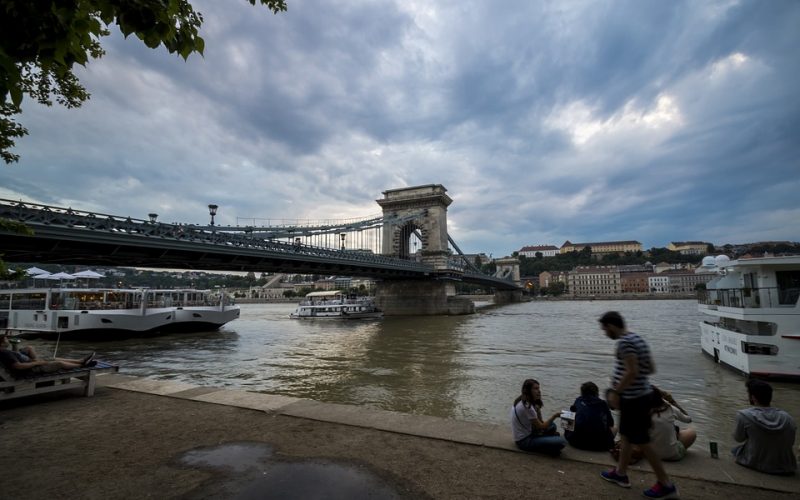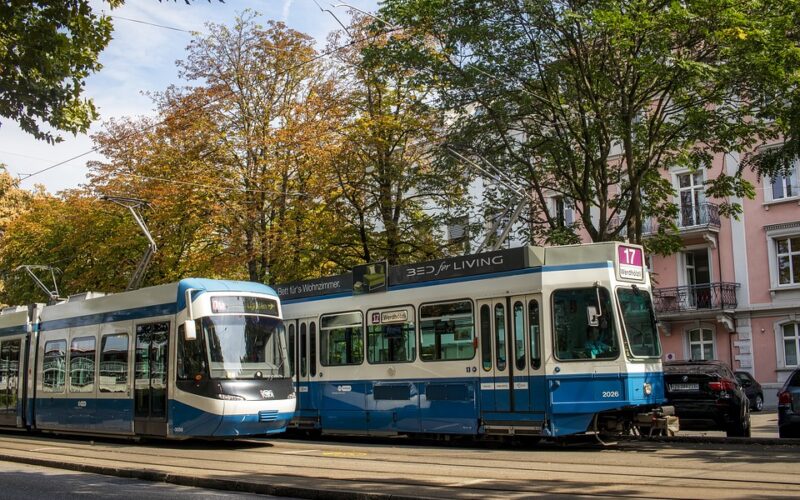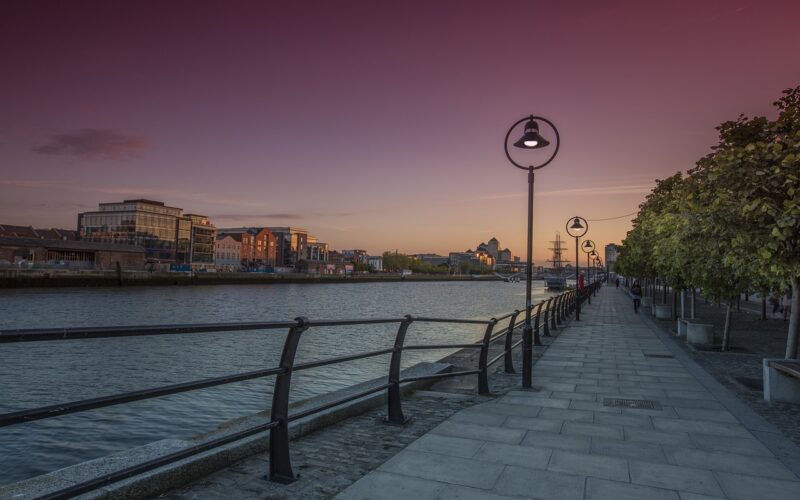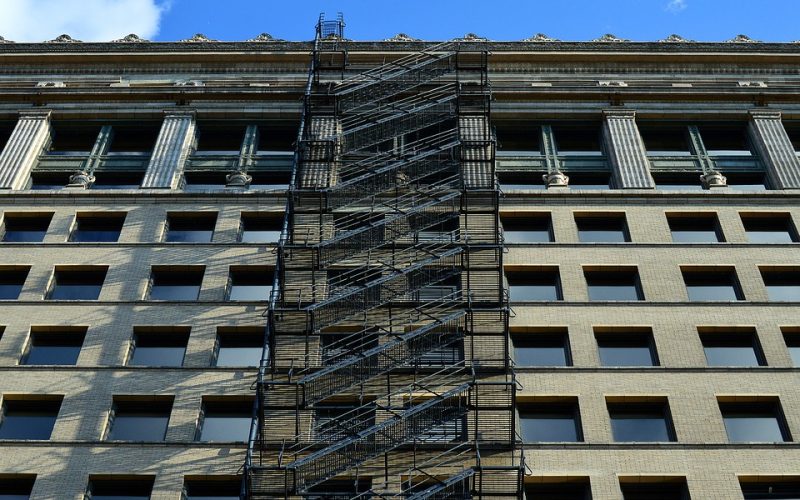In an age of rapid urbanization and technological advancement, the fundamental necessity of open spaces within urban environments cannot be overstated. These green sanctuaries play a pivotal role in improving the quality of life for city dwellers, providing numerous social, environmental, and economic benefits.
Enhancing mental and physical well-being
One of the most significant benefits of urban open spaces is their positive impact on residents' mental and physical health. Access to parks, gardens, and recreational areas offers a respite from the hustle and bustle of city life, allowing individuals to relax and recharge. Studies have shown that spending time in nature reduces stress levels, alleviates symptoms of depression, and enhances overall mood. Furthermore, these spaces encourage physical activity, whether through jogging, cycling, or simply walking, thereby contributing to better physical health and reducing the risk of chronic diseases.
Fostering community interaction
Urban open spaces serve as communal hubs where people from diverse backgrounds can come together, fostering a sense of community and social cohesion. These areas provide a venue for various activities such as festivals, markets, and sports events, which encourage social interaction and strengthen community ties. By offering a shared space for leisure and recreation, urban open spaces help combat the isolation often experienced in densely populated areas and promote a greater sense of belonging among residents.
Environmental benefits
Open spaces in urban areas are crucial for maintaining environmental balance. They act as natural air filters, absorbing pollutants and producing oxygen, which helps improve air quality. Additionally, urban greenery mitigates the urban heat island effect, where city areas become significantly warmer than their rural counterparts due to human activities and infrastructure. Trees and plants provide shade and release moisture into the atmosphere, cooling the air and making urban environments more comfortable during hot weather. Furthermore, these spaces support biodiversity by providing habitats for various species of birds, insects, and small mammals.
Economic advantages
Integrating open spaces into urban landscapes also brings economic benefits. Properties located near parks and green areas tend to have higher market values due to the aesthetic and recreational appeal of these spaces. This trend, in turn, attracts businesses and investors, stimulating local economies. Additionally, urban green spaces can reduce healthcare costs by promoting healthier lifestyles and lowering the incidence of diseases associated with sedentary behaviour and poor air quality. Public investment in green infrastructure can thus yield substantial long-term economic returns.
Promoting sustainable urban development
The inclusion of open spaces in urban areas is a key component of sustainable development. Green spaces promote eco-friendly practices such as rainwater harvesting, composting, and urban gardening. By incorporating these practices into the urban fabric, cities can reduce their ecological footprint and manage resources more efficiently. Sustainable urban development not only conserves the environment but also ensures that future generations have access to the same, if not better, quality of life.
Designing inclusive and accessible spaces
For urban open spaces to truly benefit the community, they must be designed to be inclusive and accessible to all members of society. This involves considering the needs of various demographic groups, including children, the elderly, and individuals with disabilities. Features such as wheelchair-accessible paths, playgrounds, and seating areas ensure that everyone can enjoy these spaces. Additionally, involving the community in the planning and maintenance of urban green areas fosters a sense of ownership and responsibility, leading to better upkeep and utilization of these spaces.
The importance of open spaces in urban areas extends far beyond their aesthetic appeal. They are vital for enhancing mental and physical well-being, fostering community interaction, providing environmental and economic benefits, promoting sustainable development, and ensuring inclusivity. As cities continue to grow and evolve, the thoughtful integration of green spaces into urban planning will be essential for creating liveable, resilient, and thriving communities.
